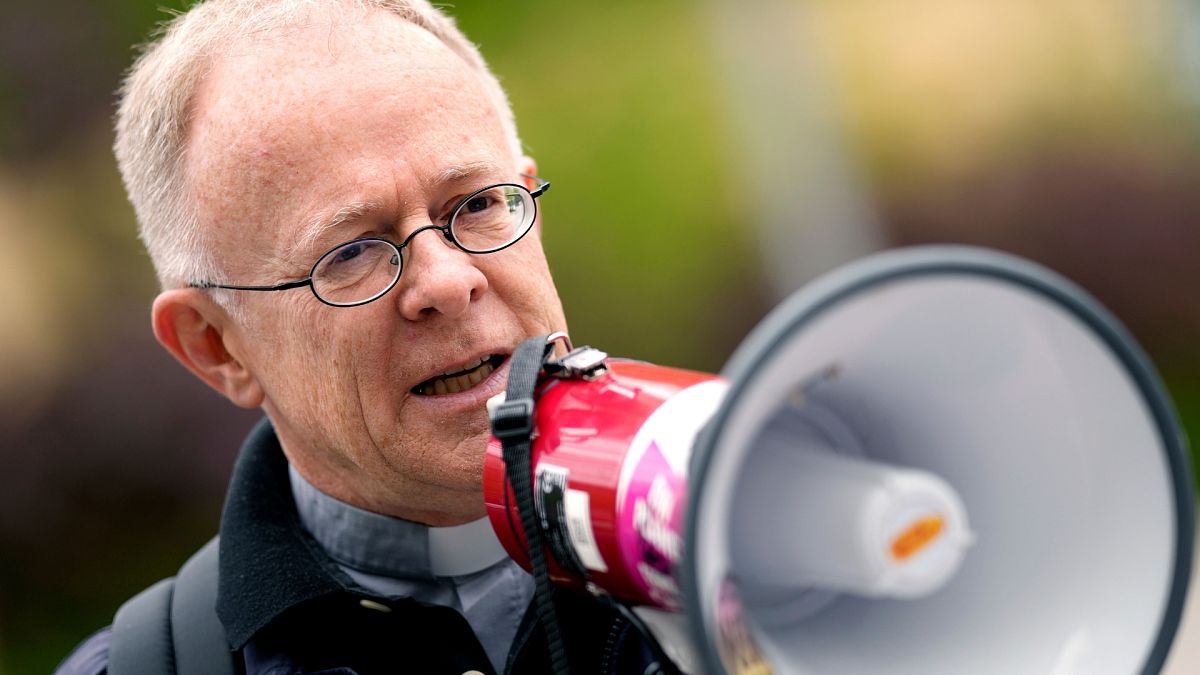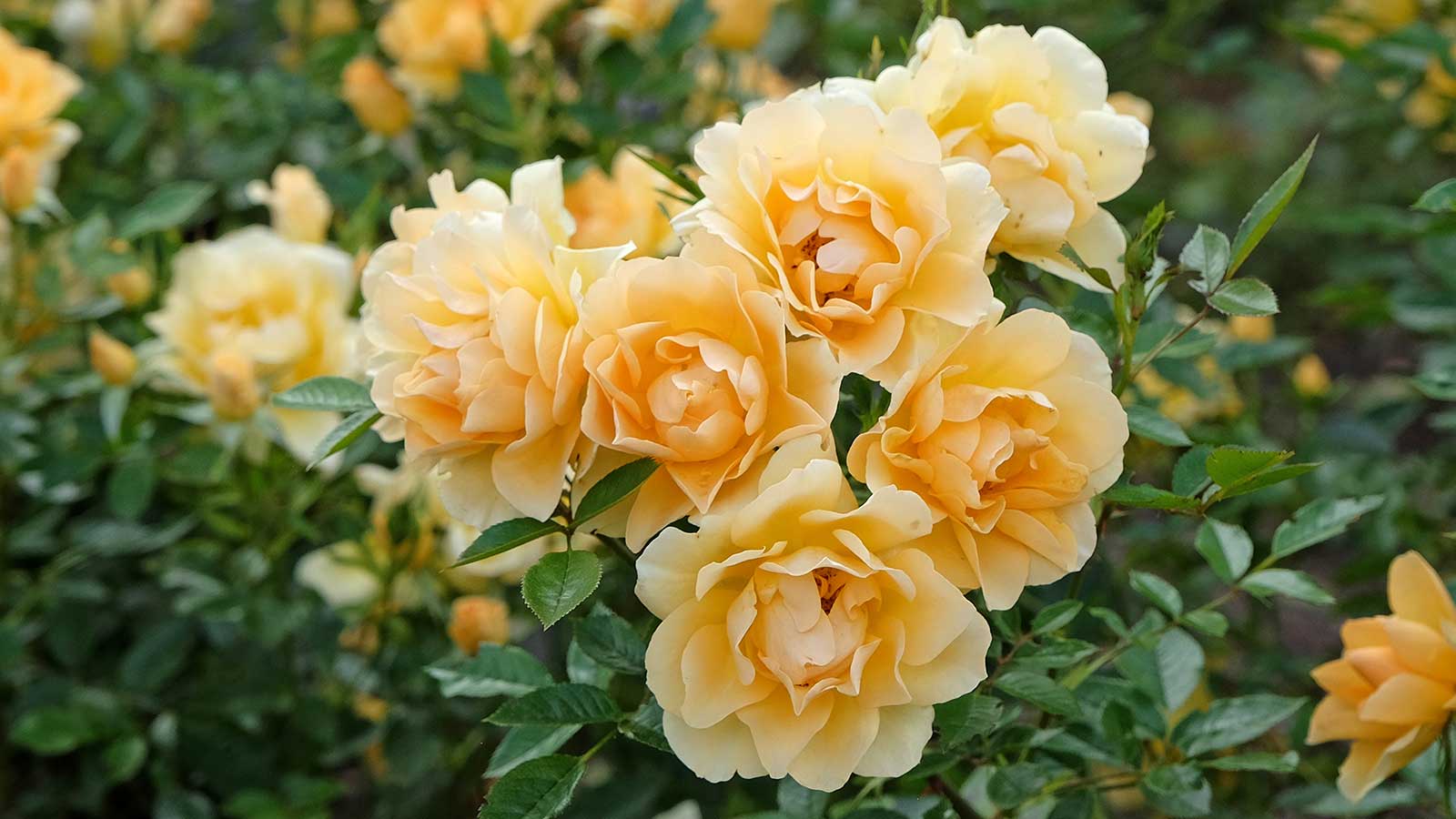
The very first layers of dirt were dropped onto the Wallis Annenberg Wildlife Crossing on Monday morning, marking another major milestone for what will become the world’s largest bridge of its kind. Wildlife advocates, Caltrans officials and project partners hiked to the top of the construction site in Agoura Hills to throw handfuls of soil on the soon-to-be wildlife habitat over the busy 101 Freeway. Beth Pratt, California regional executive director for the National Wildlife Federation and leader of the Save LA Cougars campaign, told LAist that it’s not just any dirt — it’s the crossing’s first real piece of nature.
“ It wasn't just a bag of soil you bought from Home Depot. [It] had to be cured and meticulously prepared,” Pratt said. “This habitat on top is a result of a lot of design, engineering and planning, and it's happening!” About the milestone The soil is a critical piece of the puzzle.

Scientists, biologists, engineers and mycologists took a lot of time and effort to make sure it’s appropriate for the crossing itself, the habitat and the plants that’ll soon spring from the structure, according to Robert Rock, president and chief executive of Rock Design Associates. “ All the way down to the design for the soil biology, and working with our mycologist to figure out where we're harvesting the native mycorrhizal fungi from,” Rock told LAist. “We're designing all the way from those microbial components all the way up to the apex predator.
” The soil material, made up partly of compost, branches and leaf litter, is comparable to what makes up the green sloping hills on either side of the busy freeway. It’ll take roughly 6,000 cubic yards to cover the entire crossing, which crews will continue placing over the next few weeks. “ We finally have that living layer.
...
After all of the time and energy that's been put into construction, to see this going in is a really special moment,” Rock said. What’s next for the wildlife crossing After all the soil is set, about 5,000 native plants will be placed on top of the structure to help make up the nearly one acre wildlife habitat. A plant nursery, which was created for the project and is located on land donated by the Mountains Recreation and Conservation Authority, has collected more than a million seeds over the past three years.
They include dozens of distinct species from within a five-mile radius of the crossing in the Santa Monica Mountains. “That degree of, you know, genetic sensitivity to the place where we're working is something that is unique,” Rock said. The nursery staff have also been growing California buckwheat, several types of sage, toyon and other plant and tree species for future efforts.
Planting is expected to start in May. With millions of pounds of concrete poured, the structure itself is almost done, Pratt said. That includes the sound barriers, which essentially silences the 10 lanes of rushing traffic on one of the busiest freeways in the country down below.
“Three hundred [thousand] to 400,000 cars a day — so we have to ...
almost trick [the animals] into thinking they're not on the freeway, “ Pratt said. “And sound and light blockage is a big piece of that.” Next, nearby utility lines will be buried to help with fire prevention, along with a full irrigation and sprinkler system on the crossing itself.
The bridge is expected to be ready for wildlife next year, when it’ll reconnect critical habitat for Southern California mountain lions, bobcats, deer and other animals — big and small. “ L.A.
you set a new precedent for wildlife conservation in urban areas that the world's following,” Pratt said. “And not only that, you help save this mountain lion population.”.















